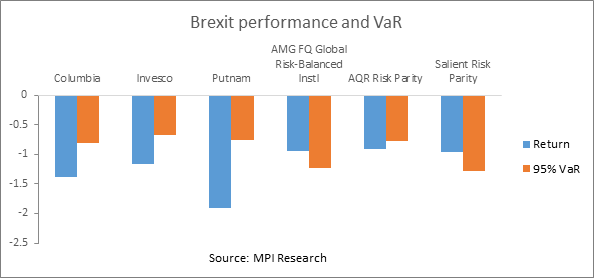Global alternative assets under management reached $6.2 trillion in 2015 despite investors’ increasing demand for more alignment and lower cost, according to Willis Towers Watson.
“The shift from equities and bonds to alternatives has gained momentum among most institutional investors around the world, as these strategies have helped manage risk through diversity,” said Brad Morrow, US head of manager research for the consultant.
The survey found the top 100 alternative managers had control of $3.6 trillion, more than half of total assets in the sector.
Real estate managers had the largest share of assets ($1.2 trillion), followed by hedge funds at $755 billion, private equity at $640 billion, and private equity funds-of-funds at $420 billion. Funds-of-hedge fund managers only had $222 billion in assets.
Alternative managers also continued to be dependent on pension fund money, with more than one-third of top 100 managers’ assets belonging to pensions, the survey found.
Despite such investments, pension funds have been increasingly vocal about alignment of interest and fees. Some of the largest US pension plans—the California Public Employees’ Retirement System and the New York City Employees’ Retirement System—even pulled the plug on hedge funds over the last few years.
Willis Towers Watson argued that meeting these pension funds’ demands could help managers attract assets from other types of investors “wanting to make the most of market volatility and associated alpha opportunities, particularly given the current lack of clear beta opportunities.”
The survey also revealed Macquarie Group was the largest alternative—and infrastructure—manager with more than $95 billion in assets. Blackstone topped the list as the largest private equity and real estate manager boasting $94 billion in each asset. Bridgewater Associates claimed the title of largest hedge fund manager ($88 billion) while Blackstone again was named the largest funds-of-hedge funds managers ($66 billion).
“What’s certain is that while the asset management industry as a whole faces some existential questions on whether it has delivered on its promises and how to improve its value proposition in the future,” Morrow concluded, “the best managers will continue to innovate, capture opportunities, and deliver value to investors.”

 Performance of risk parity funds on June 24 following Brexit.
Performance of risk parity funds on June 24 following Brexit.